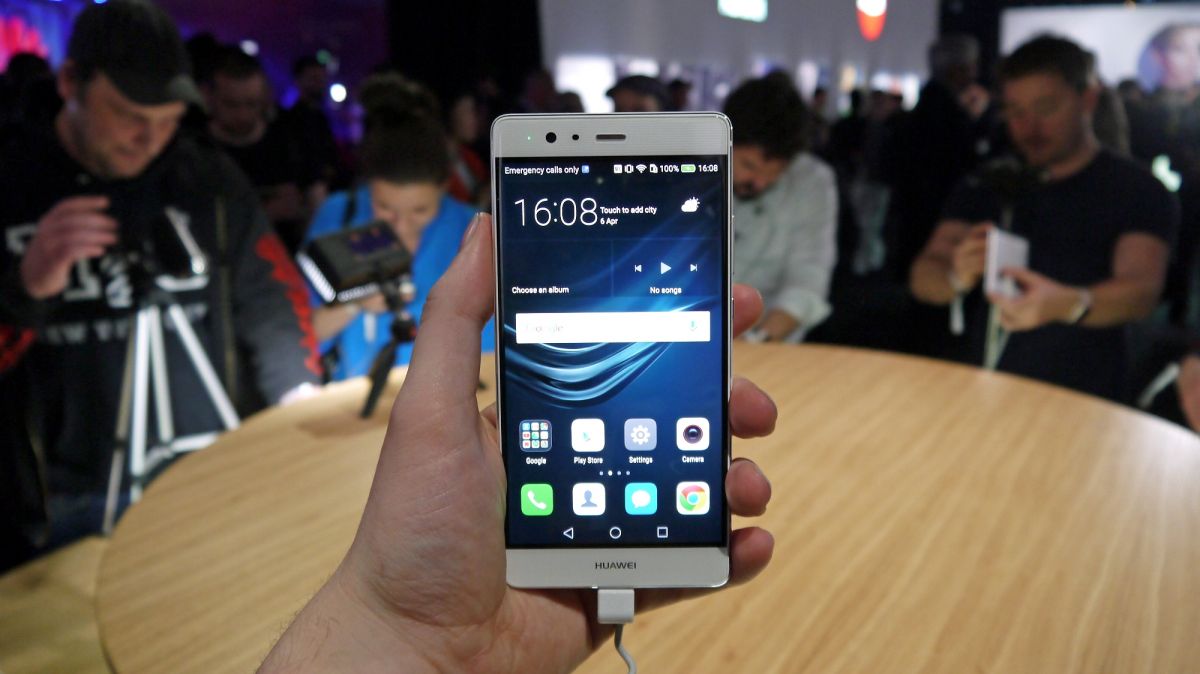
Huawei P9 Plus review
Hot on the heels of the newly launched Huawei P9, its bigger brother the Huawei P9 Plus offers up the same dual-camera smarts with a larger screen, more storage and better sound.
As with its smaller brother, the Huawei P9 Plus sports a rather familiar design with its rounded corners, metal body, visible antenna bands and slender build reminiscent of the iPhone.
While the similarities are noticeable, there are a few differences too. Huawei has managed to keep bezels to a minimum, allowing the 5.5-inch handset to sport more compact dimensions.
Measuring 152.3 x 75.3 mm the Huawei P9 Plus is smaller than the bezel heavy iPhone 6S Plus which has the same size display.
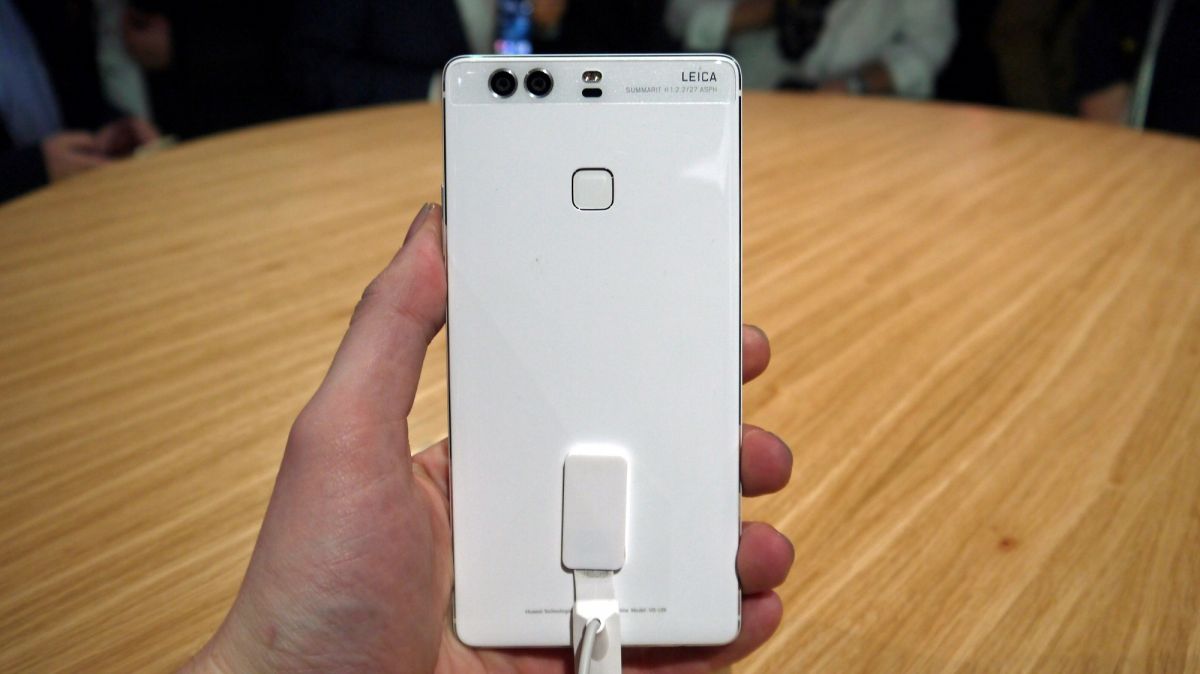
Also, at just 6.98 mm thick it’s also thinner than the 6S Plus (7.3mm) and the 5.5-inch Samsung Galaxy S7 Edge (7.7mm), but the Samsung is shorter and narrower.
This, along with the phone’s 162g weight, means the P9 Plus isn’t too tricky to handle, and I was able to use it one handed relatively easily. Those with smaller hands will still find it rather large, but the compact design should be applauded.
The metal frame looks and feels premium, while a splash of glass on the rear is home to the phone’s dual 12MP cameras, laser autofocus, flash and Leica logo.
You also get Huawei’s new fingerprint scanner, which is faster than the already excellent offering found on the Mate 8. This should result in super quick recognition and unlock, and it’s able to cope with moisture too.

It’s those dual 12MP cameras which are the main talking point though, with a color sensor joined by a black and white snapper, sitting happily side by side on the rear of the P9 Plus.
The two cameras work in unison to improve your shots, and Huawei claims that with the addition of the data collect from the B&W camera, photo brightness can be boosted by 200%, and contrast by 50%, over a standard, single RGB snapper.
They’re joined by a laser autofocus, one of the reasons Huawei droped OIS (optical image stabilization) on the P9 Plus, with the phone’s fast shutter helping keep things smooth.
The B&W lens can also be used independently by selecting the monochrome mode within the camera app – but you can’t use the color snapper on its own.
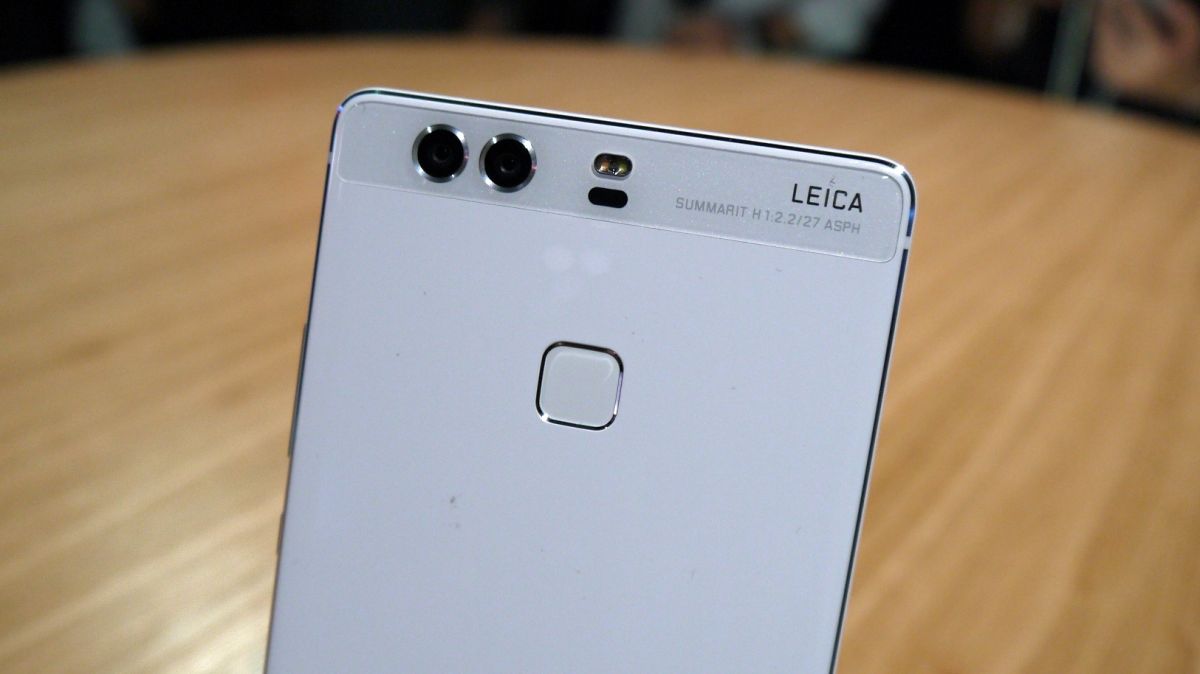
Another nice feature with the cameras is refocus – something we first saw with the dual cameras on the HTC One M8. This allows you to focus on an object and blur everything around it.
It’s easy to do on the P9 Plus, and you can even adjust the focus after taking the photo, as well as applying filters (such as black and white) to the blurred area of the shot.
The Huawei P9 Plus takes some strong photos, but you’ll have to wait for our full review to see how it stacks up against the competition.
Huawei has embedded ‘Press Touch’ into the 5.5-inch full HD screen on the P9 Plus, which is pretty much the same technology as 3D Touch found in the iPhone 6S and 6S Plus.

This gives you a press sensitive display, allowing you to perform additional functions depending on the level of pressure you apply to the screen. Currently 18 native applications support Press Touch, but the functionality is limited.
In the gallery for example, you can hard press on an image to get a magnifying glass bubble on screen, allowing you to see an area of an image in more detail. In practice though I found the zoomed mode was pixel heavy, while Press Touch wasn’t overly receptive.
The hope is third party developers will build Press Touch features into their apps and games, but in its current state it doesn’t appear to match up to Apple’s 3D Touch.
The display itself is a step up from its smaller brother. Both handsets pack a full HD resolution, which means the P9 Plus has a lower pixel density, but it benefits from being a Super AMOLED panel. In the standard P9 you’re stuck with a less vibrant IPS offering.
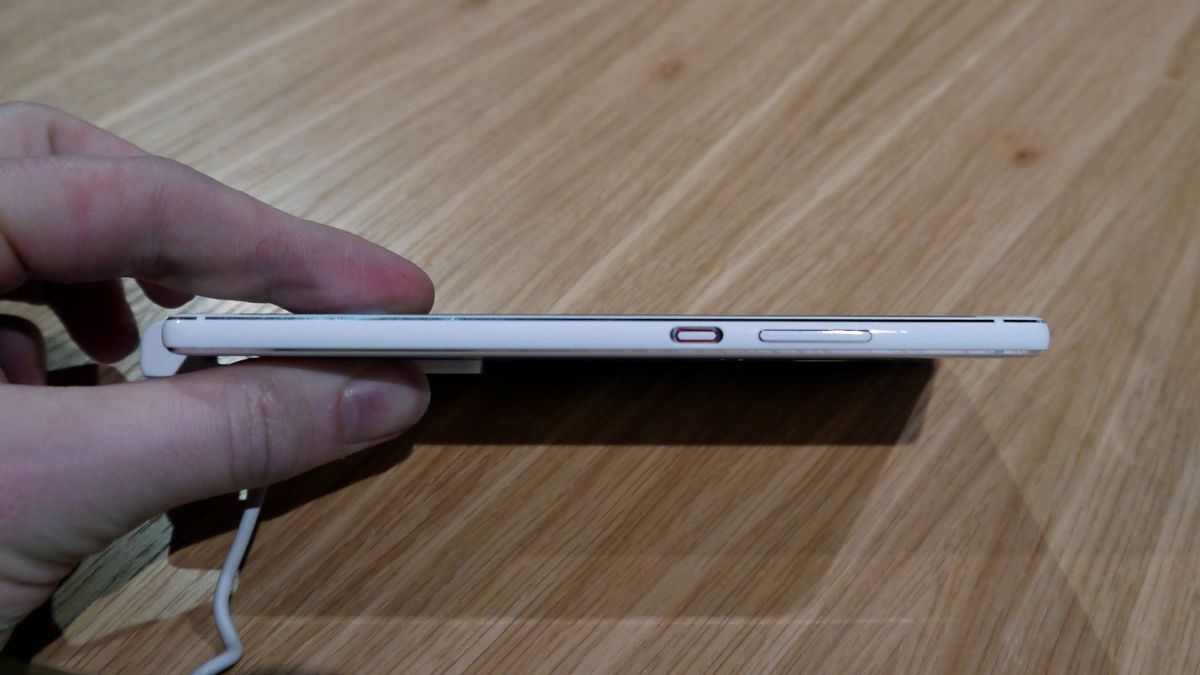
On screen action is bright and clear, but it’s not the same level of clarity as the QHD-toting Galaxy S7 Edge and LG G5.
Under the hood Huawei’s own Kirin 955 octa-core, 64 bit processor runs the show, backed up by a sizable 4GB of RAM. That’s more than enough power, and Android Marshmallow flowed nicely under finger during my time with the handset.
It’s not stock Android however, with Huawei coating it in its own Emotion UI – version EMUI 4.1 to be exact. This sees the removal of the app drawer, redesigned app icons and a slightly altered notification panel.
It won’t be everyone’s cup of tea, and while the version on the P9 Plus is an improvement over previous iterations of the software it doesn’t feel quite as polished as Google’s stock platform or the interfaces by Samsung and HTC.

On top of the Huawei P9 Plus you’ll find an IR blaster, allowing you to control infra-red appliances such as TVs, set top boxes and home entertainment systems.
Meanwhile 64GB of storage is joined by a microSD slot on the side of the device allowing you to build on the space with cards up to 128GB in size.
When it comes to battery life Huawei is promising big things from the 3,400mAh power pack it’s managed to squeeze inside the P9 Plus’ slender body. It claims with ‘normal usage’ you’ll get two full days from a single charge, while heavy users can expect 1.35 days. I’ll be putting those claims to the test in the in-depth review.
Fast charging is also present via the USB Type-C port on the base of the P9 Plus. It sits next to one of two speakers on the P9 Plus, with the other located in the earpiece location, for stereo sound.
If you fancy getting your hands on the Huawei P9 Plus it goes on sale in Europe and Asia on May 20, with a SIM-free price of €749 (around £600). It will arrive in four colors; Quartz Grey, Rose Gold, Haze Gold, Ceramic White, although it’s unclear which countries will receive each color.
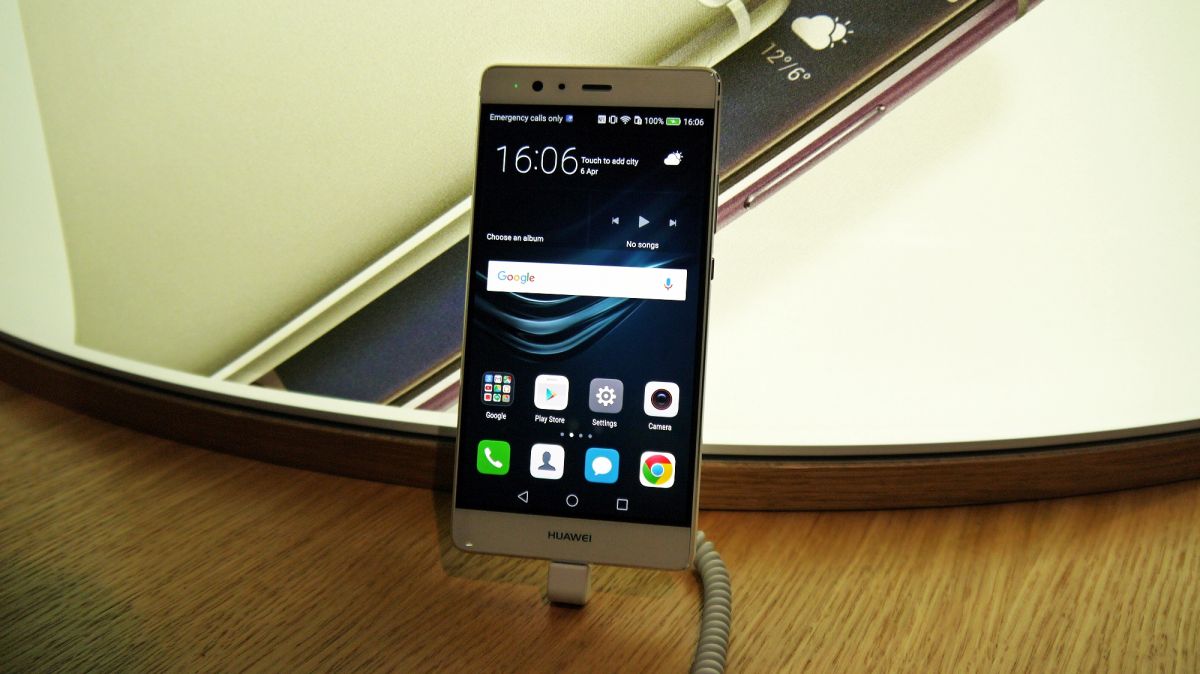
Early verdict
The Huawei P9 Plus is an accomplished smartphone. It’s got a great feature set, impressive performance and a premium design – trouble is the competition is also excellent.
In the past Huawei’s flagship handsets have had a lower price than the likes of Samsung, Apple, LG, Sony and HTC, but the P9 Plus is priced at a similar level. You then have to look to see if it offers a better experience all round than our current best phone in the world, the Galaxy S7 Edge.
The early verdict is no, it doesn’t – the Samsung still seems to be the top of the pile, while iPhone users are highly unlikely to opt for a P9 Plus over the iPhone 6S Plus.
For those looking for something a bit different, and a unique camera experience though, the Huawei P9 Plus could fit the bill nicely.
Source: techradar.com






































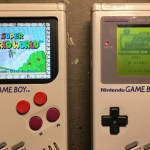



"The early verdict is no, it doesn't – the Samsung still seems to be the top of the pile…". Questionable statements as usual, on what ground you made this "early verdict"?
The "wonderful" S7 is not lag-free and before providing verdicts, I'd make an in-depth comparison based on technical aspects, not just personal opinions.
funny. What resolution does the iPhone 6S Plus have? Wait, is that 1080p screen? The same as this one? odd how this gets a negative for it and the iPhone doesnt
Here are far most serious: http://www.pcadvisor.co.uk/rev…
"
OUR VERDICT
Based on our first impressions of the Huawei P9, we're pretty
impressed. It's a leap forward from the P8 which was already a decent
smartphone, particularly due to its innovative camera and USB-C
connector. *** We still need to thoroughly test the camera before coming to
any conclusions, though, so check back in the coming days for a full,
in-depth review.***"